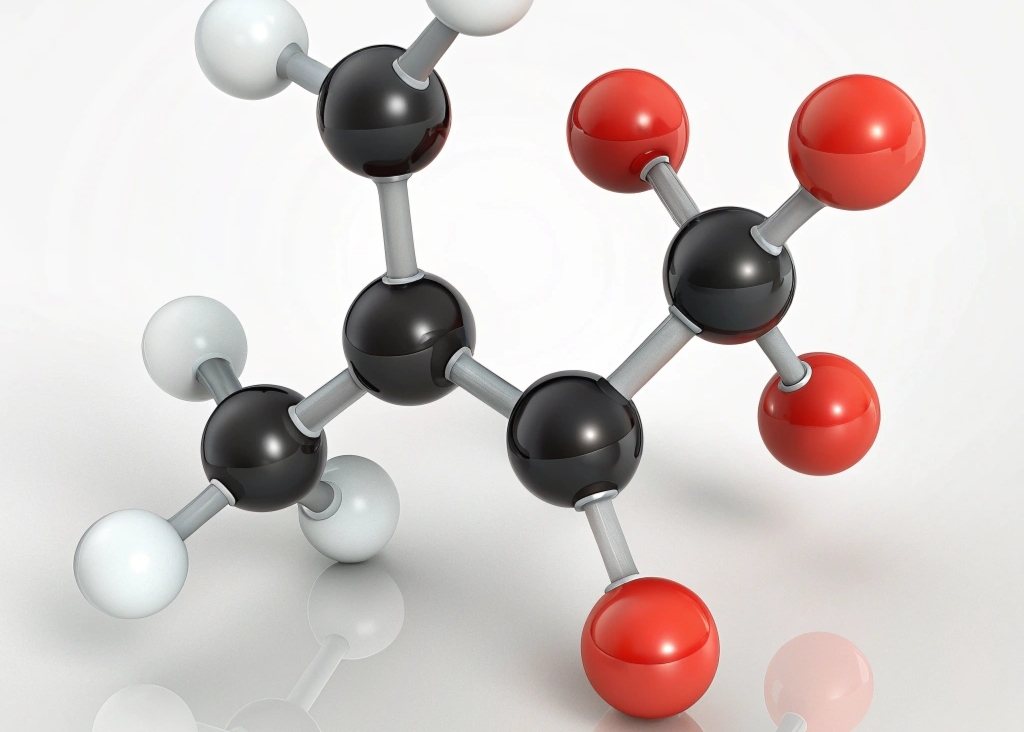COOCH CH2 H2O: The Chemical Reaction!

What Is HCOOCH CH2 H2O?
HCOOCH CH2 H2O refers to the hydrolysis reaction involving an ester compound. Esters are organic compounds derived from carboxylic acids and alcohols. When they undergo hydrolysis, they break down into their respective acid and alcohol components. This process is crucial in various biological and industrial applications.
The Role of Esters in Chemistry
Esters play an essential role in chemistry due to their widespread use in fragrances, flavors, and as intermediates in chemical synthesis. They are formed by the reaction between an alcohol and a carboxylic acid in the presence of an acid catalyst. Their ability to undergo hydrolysis makes them important in biochemical reactions and industrial processes.
Significance in Organic Chemistry
In organic chemistry, esters are fundamental in various reactions, including hydrolysis, transesterification, and saponification. These reactions contribute to the formation of essential biological molecules and industrial products. Understanding ester hydrolysis helps scientists manipulate reactions for desired chemical outcomes.
HCOOCH CH2 H2O in Biochemical Reactions
Hydrolysis in Digestion
Esters, such as fats and oils, undergo hydrolysis in the digestive system. Enzymes called lipases catalyze the breakdown of ester bonds, releasing fatty acids and glycerol. This process is vital for energy production and nutrient absorption.
Plant and Animal Metabolism
In plants and animals, ester hydrolysis plays a key role in metabolic pathways. Fatty acid metabolism, energy storage, and the biosynthesis of essential compounds rely on the controlled breakdown of esters. The hydrolysis of esters helps maintain cellular functions and overall homeostasis.
Environmental Impact of HCOOCH CH2 H2O
Ester hydrolysis also occurs in nature, affecting environmental processes. Some esters degrade naturally in soil and water, impacting ecosystems. Understanding these reactions can help develop eco-friendly industrial processes and waste management strategies.
Industrial Applications of Hydrolysis
Ester hydrolysis is widely used in industries such as pharmaceuticals, food production, and polymer manufacturing. Examples include:
- Pharmaceuticals: Ester hydrolysis is involved in drug metabolism and formulation.
- Food Industry: Esters contribute to flavors and preservatives, with hydrolysis affecting taste and shelf life.
Watch Anime Online in HD for Free
- Polymer Industry: Hydrolysis helps in biodegradable plastic production and recycling processes.
Factors Influencing the Reaction
Several factors affect the rate and efficiency of ester hydrolysis, including:
- pH Levels: Acidic or basic conditions can accelerate the reaction.
- Temperature: Higher temperatures generally increase reaction speed.
- Catalysts: Enzymes or acids/bases enhance hydrolysis efficiency.
- Solvent Presence: Water availability plays a crucial role in ester hydrolysis.
HCOOCH CH2 H2O Safety Considerations
While ester hydrolysis is a common and useful reaction, it requires safety measures:
- Handling strong acids or bases carefully to prevent burns.
- Proper disposal of reaction byproducts to avoid environmental harm.
- Monitoring reaction conditions to prevent unwanted side effects.
Future Prospect and Sustainability
The study of ester hydrolysis is crucial for advancing sustainable chemistry. Green chemistry initiatives focus on using biodegradable esters, minimizing waste, and optimizing industrial processes for environmental sustainability.
Protonation of the Ester
Protonation is the first step in acid-catalyzed hydrolysis. The ester oxygen receives a proton, making the molecule more susceptible to nucleophilic attack.
Nucleophilic Attack by Water
Water molecules act as nucleophiles, attacking the electrophilic carbonyl carbon in the ester. This step facilitates bond breaking and rearrangement.
Rearrangement and Bond Cleavage
Following nucleophilic attack, bond cleavage occurs, forming an intermediate that eventually leads to the creation of the carboxylic acid and alcohol components.
Deprotonation of Formic Acid
In the final step, formic acid deprotonates, stabilizing the reaction products and completing the hydrolysis process.
Frequently Asked Questions
1. What is the chemical equation for the hydrolysis of methyl formate?
The hydrolysis of methyl formate (HCOOCH3) can be represented as:
HCOOCH3 + H2O → HCOOH + CH3OH
This reaction produces formic acid (HCOOH) and methanol (CH3OH).
2. What is methyl formate used for?
Methyl formate is used in:
- The production of formic acid and methanol.
- As a solvent in industrial processes.
- A fumigant and insecticide in agriculture.
- A precursor in the manufacture of pharmaceuticals and plastics.
3. What conditions are required for the hydrolysis of methyl formate?
Methyl formate hydrolysis can occur under:
- Acidic conditions: Using an acid catalyst like HCl speeds up hydrolysis.
- Basic conditions: Sodium hydroxide (NaOH) can also catalyze the reaction.
- Elevated temperature: Heat increases reaction speed.
- Presence of water: Sufficient water availability is essential.
Conclusion
HCOOCH CH2 H2O (ester hydrolysis) is a fundamental chemical reaction with broad applications in biology, industry, and environmental science. Understanding its mechanisms, influencing factors, and applications helps in optimizing processes for better efficiency and sustainability. As research continues, ester hydrolysis will remain a vital component of chemistry and industrial advancements.



